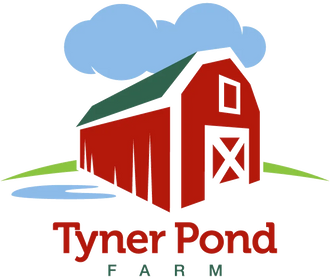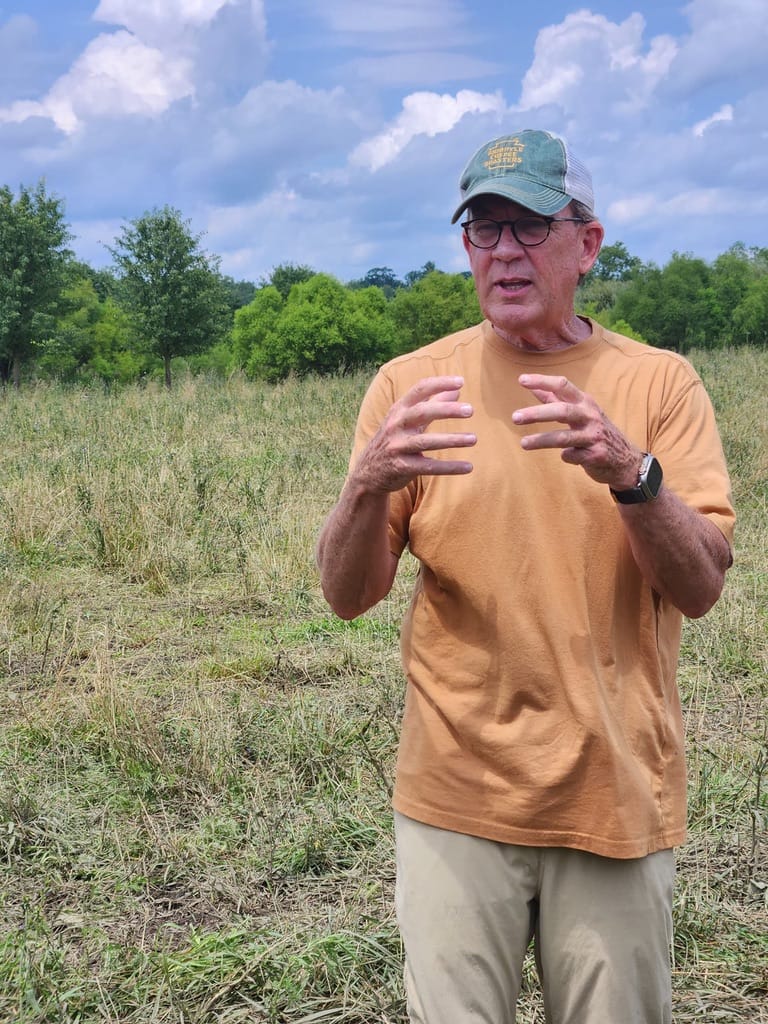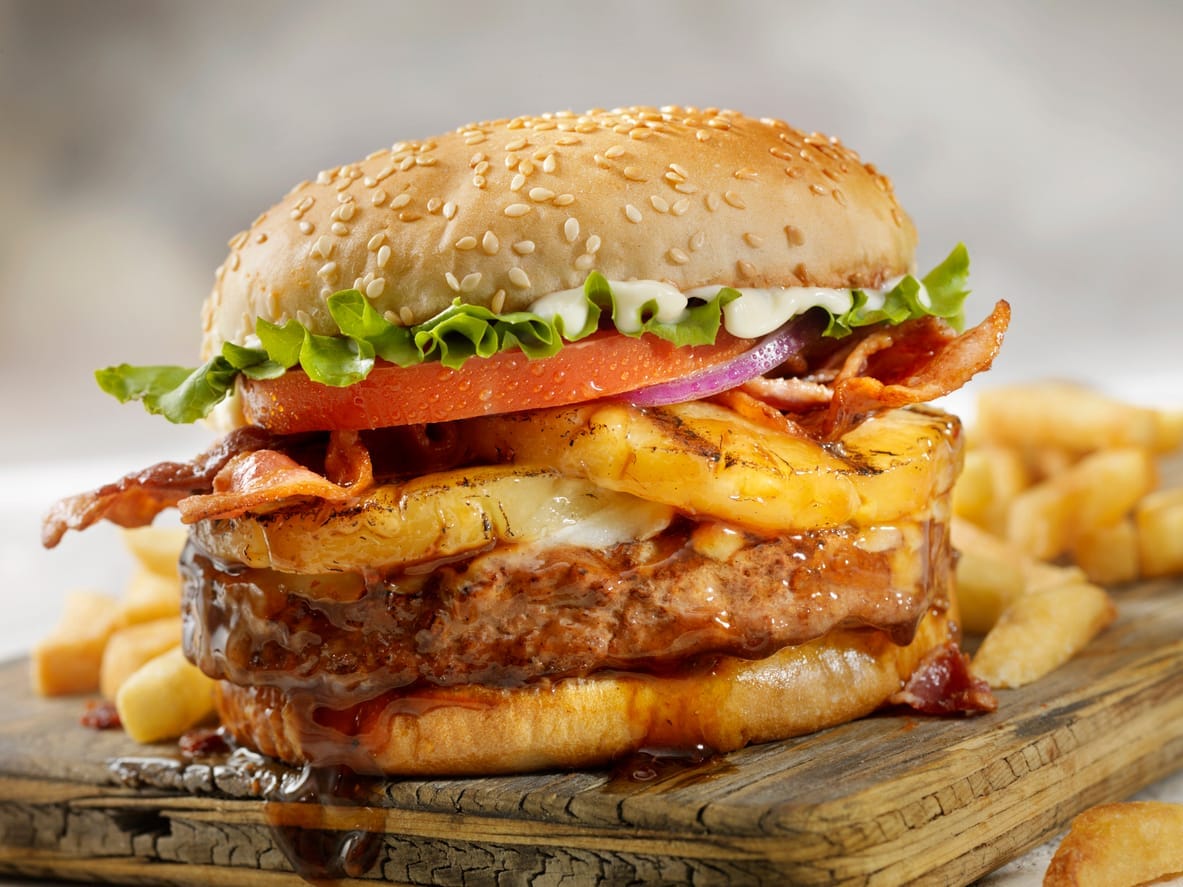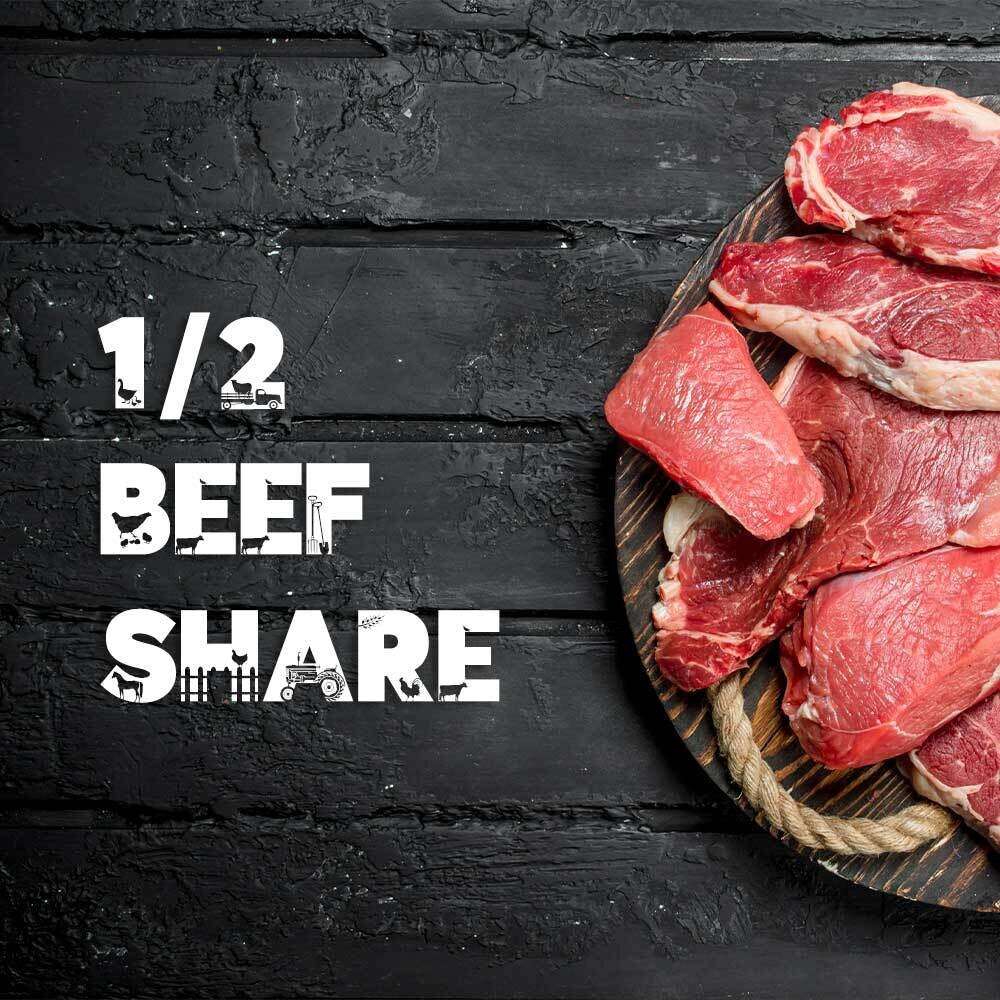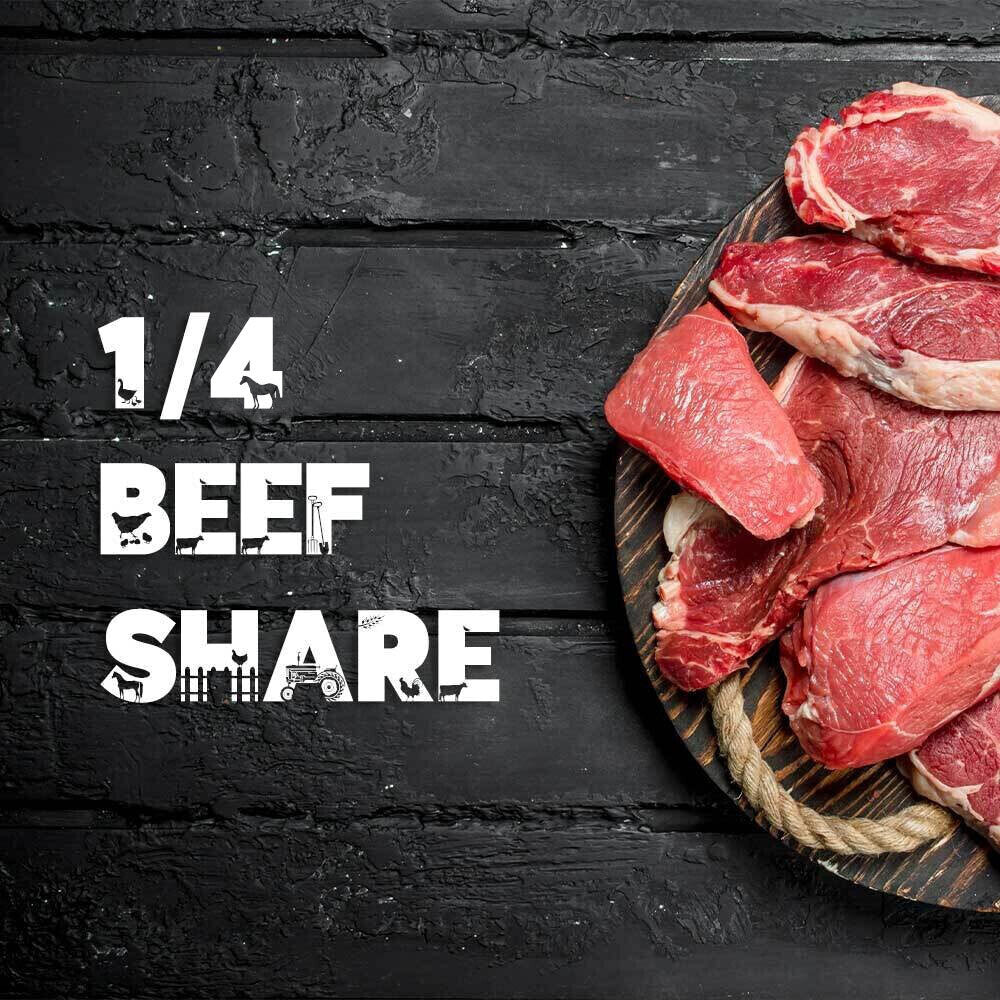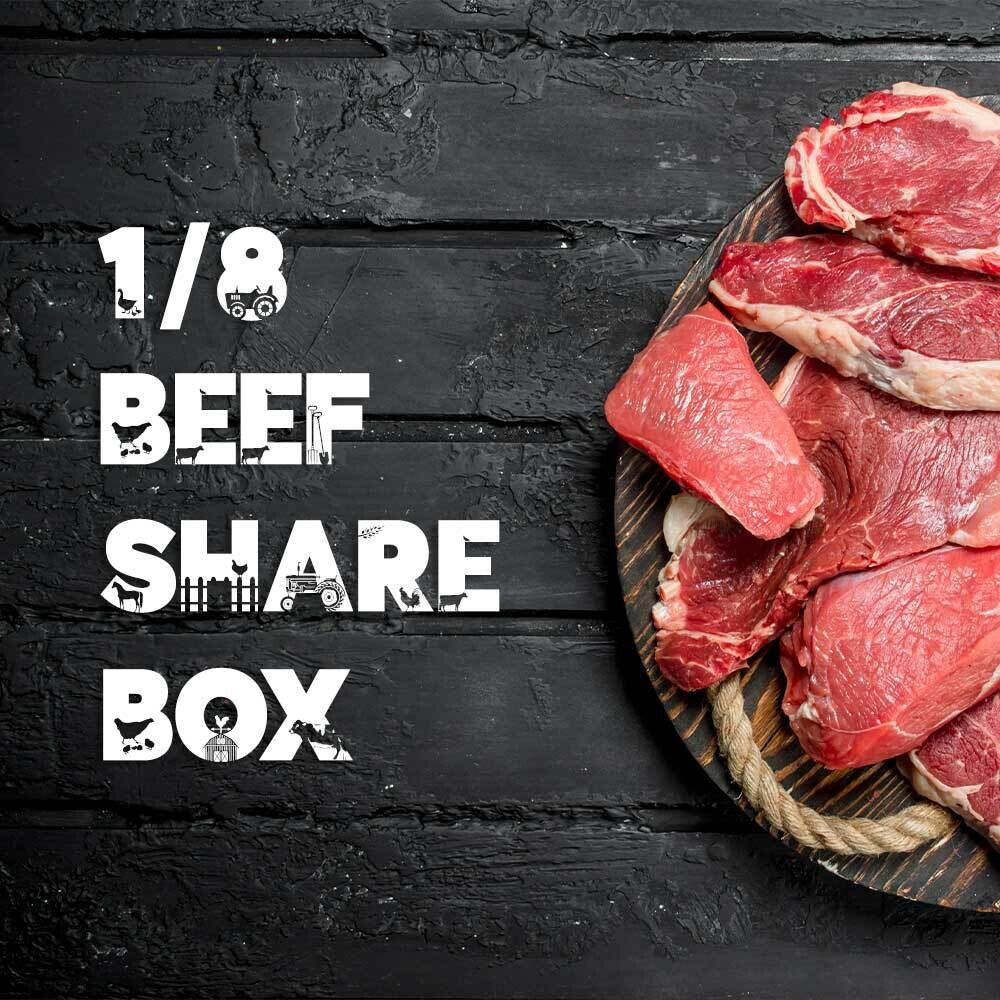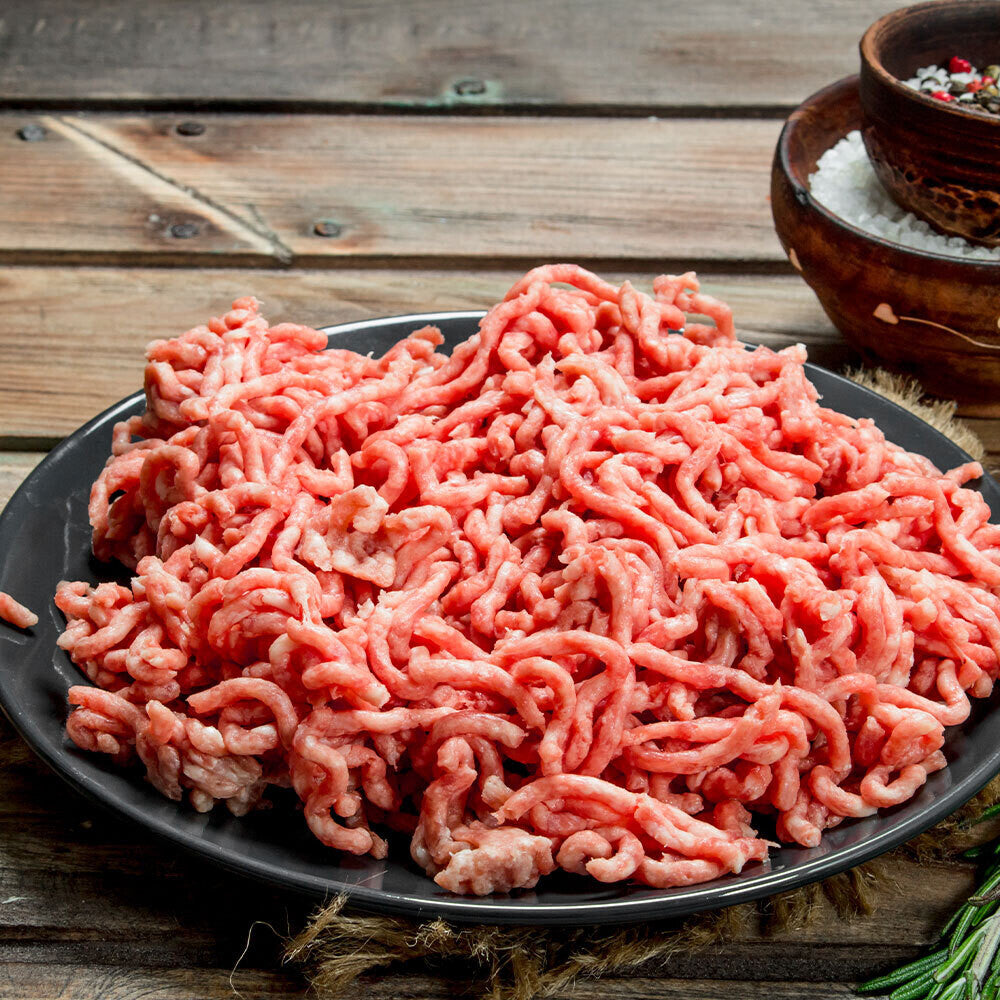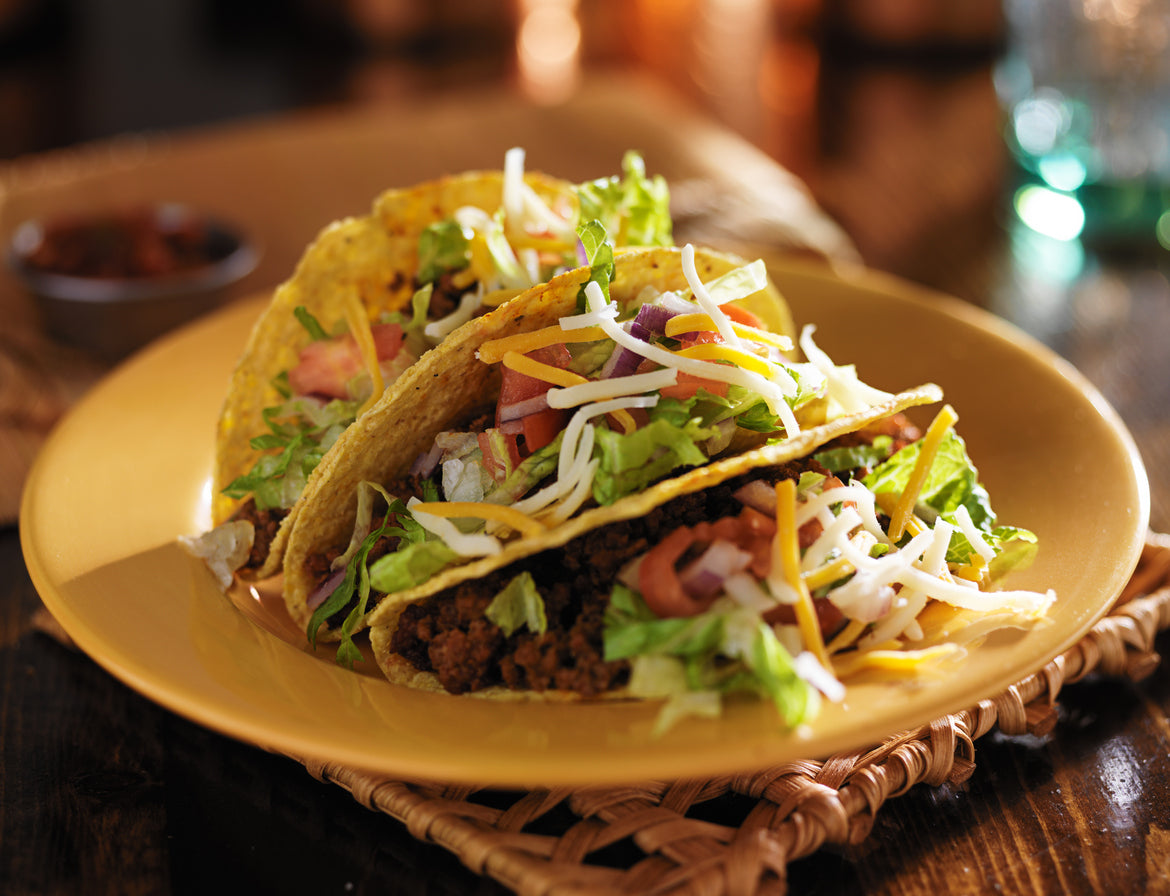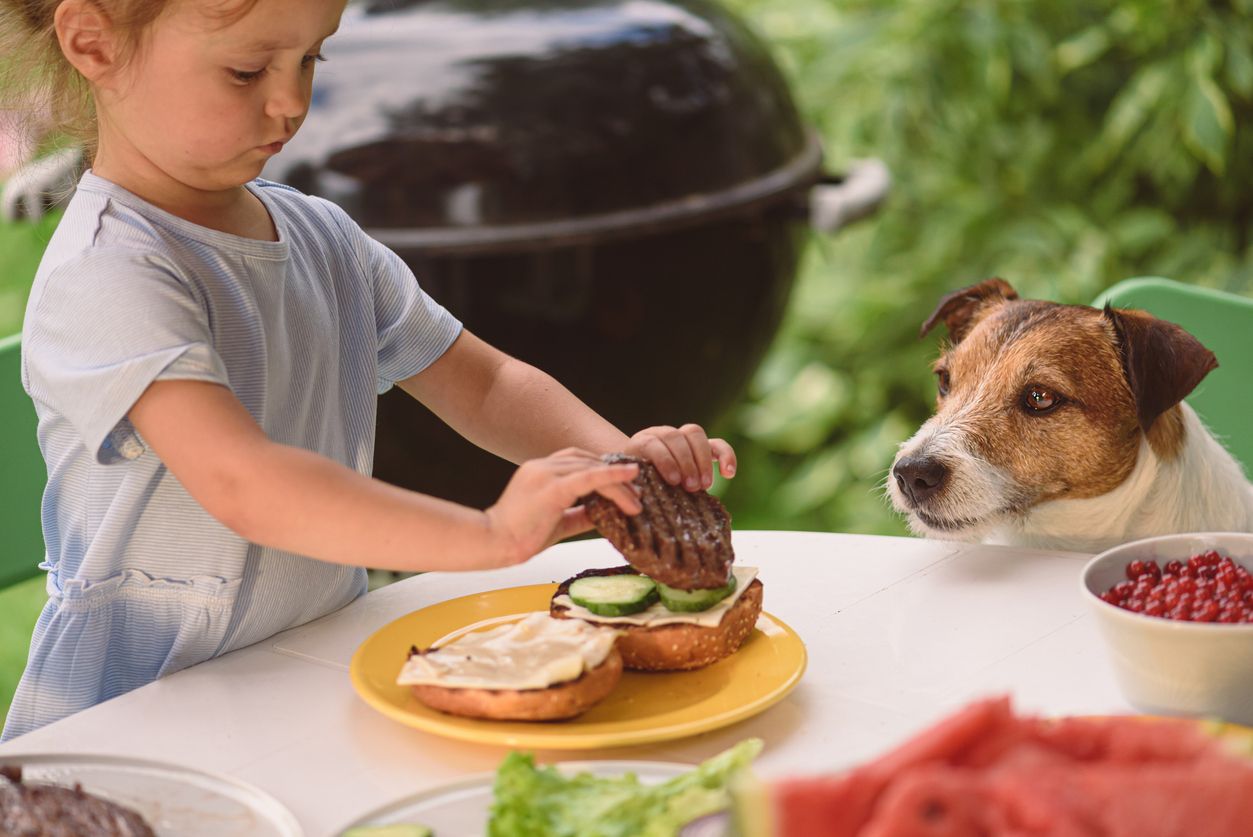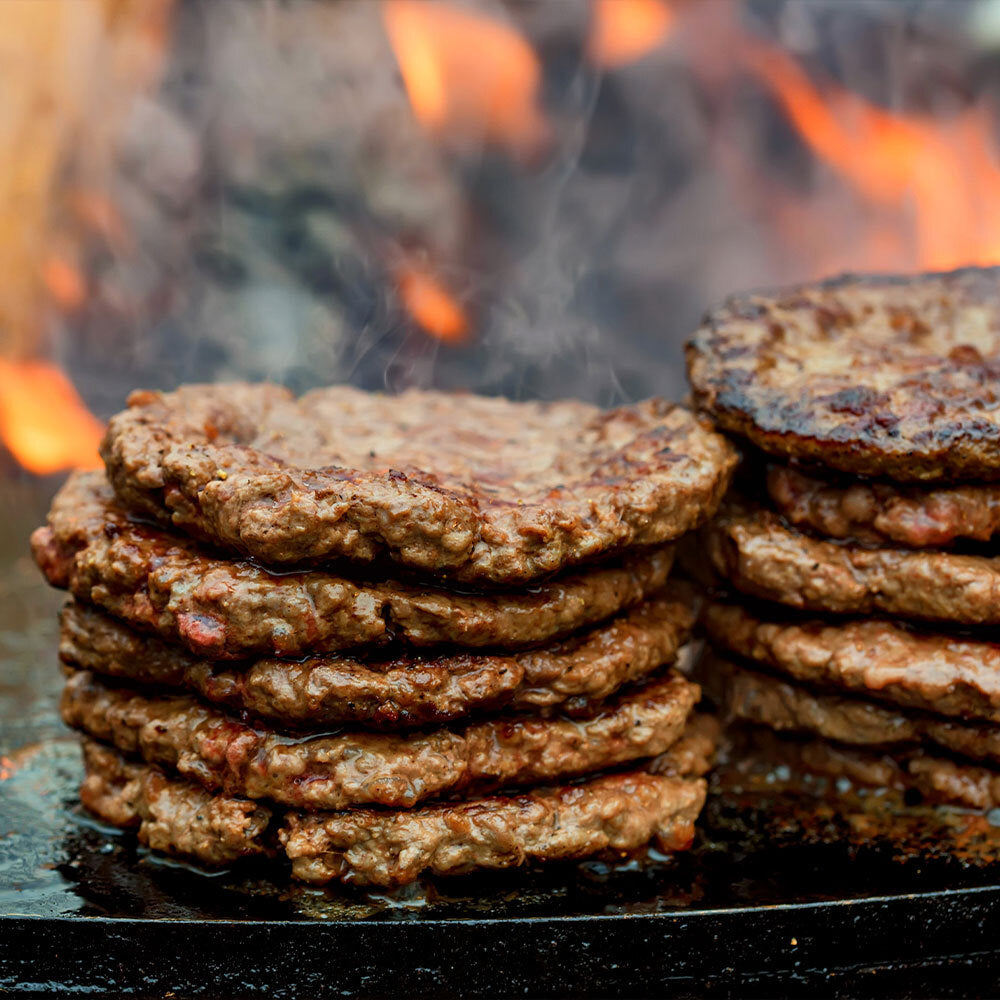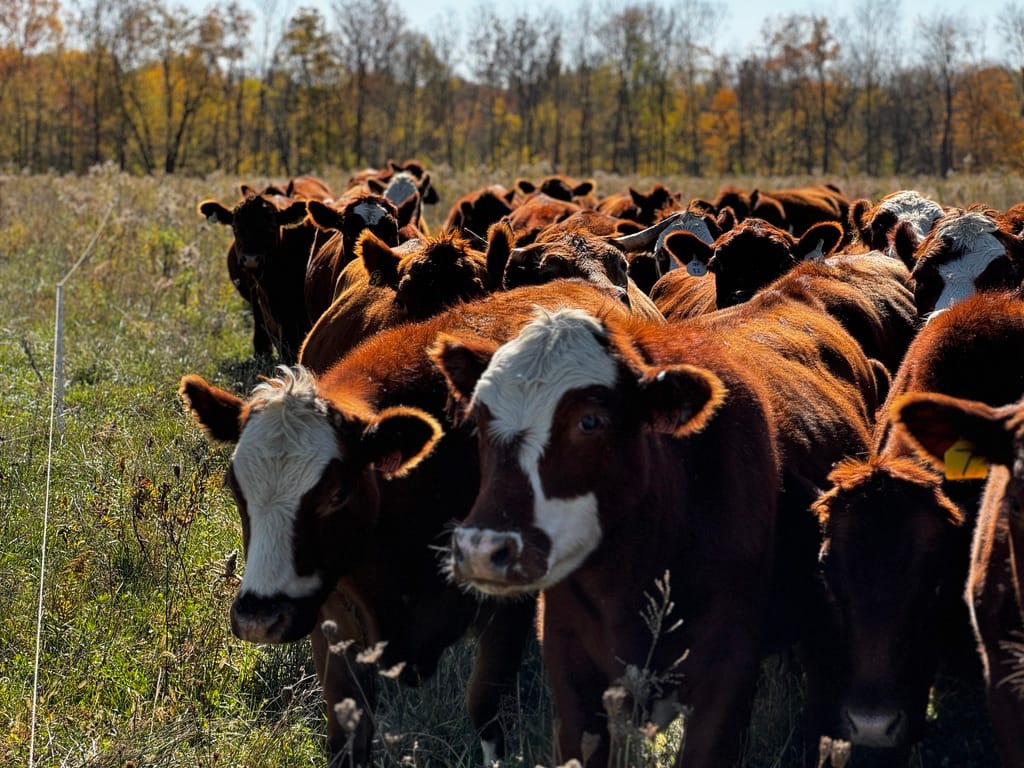
Pounding on Pastures: Why We Graze the Way We Do
At Tyner Pond Farm, we’ve always believed that the way animals are raised directly impacts the land, the environment, and ultimately, the food we eat. Our grazing practices are deeply influenced by the work of pioneers like John Kempf and his insights into soil biology, plant health, and nutrient density. One of the key shifts we’ve made is moving away from the old "eat half, leave half" approach to grazing and instead adopting high-impact, short-duration grazing, sometimes called "pounding on pastures."
Why We Don’t Follow the Old "Eat Half, Leave Half" Model
Traditional grazing wisdom suggests that leaving half of the forage standing helps maintain plant health and prevents overgrazing. While this approach has some merit, it doesn’t fully take advantage of the power of animal impact to regenerate soil. Instead, we follow the mob grazing model—a system where livestock are concentrated in small areas for a short period before being moved to fresh pasture. This method mimics the natural movements of large herbivore herds that once roamed freely, trampling and fertilizing the land as they moved.How "Pounding" on Pastures Strengthens Soil Biology
When animals graze intensively in a small area:- Soil microbes are stimulated by the combination of manure, urine, and hoof action, increasing biological activity.
- Forage species are diversified because animals eat a wider variety of plants instead of selectively grazing.
- Trampled plants decompose, feeding the soil and improving organic matter.
- Carbon sequestration is enhanced, as plants respond to grazing by growing deeper roots and pulling more carbon into the soil.
The Connection Between Soil Biology and Nutrient Density
Healthy soil isn’t just about growing better grass—it directly affects the nutrient density of the meat we raise. When soil microbes thrive, they break down minerals and organic matter into forms that plants can absorb. Those minerals then pass from the plants to our cattle and poultry, eventually making their way to your plate. Food is only as good as the soil it comes from. Industrial farming, (yes, there is such a thing as 'Industrial Grass-fed') strips soil of its natural life, relying on synthetic fertilizers to replace lost nutrients. But regenerative practices—like the ones we use—allow nature to rebuild soil fertility naturally, leading to higher mineral content in the food we produce.Grazing for the Future
Following these principles, we manage our pastures with long rest periods and high-impact grazing to maximize soil regeneration. This ensures that our land stays productive, our animals stay healthy, and our customers receive the most nutrient-dense food possible. This isn’t just about farming—it’s about restoring an entire ecosystem. When we graze this way, we’re not just feeding animals, we’re feeding the land, rebuilding soil, and creating food that truly nourishes. If you’re looking for nutrient-dense, regeneratively raised meat, you can trust that every bite from Tyner Pond Farm is rooted in healthy soil.
Tags:
Previous post
Benefits of Biomimicry in Grazing
Next post
